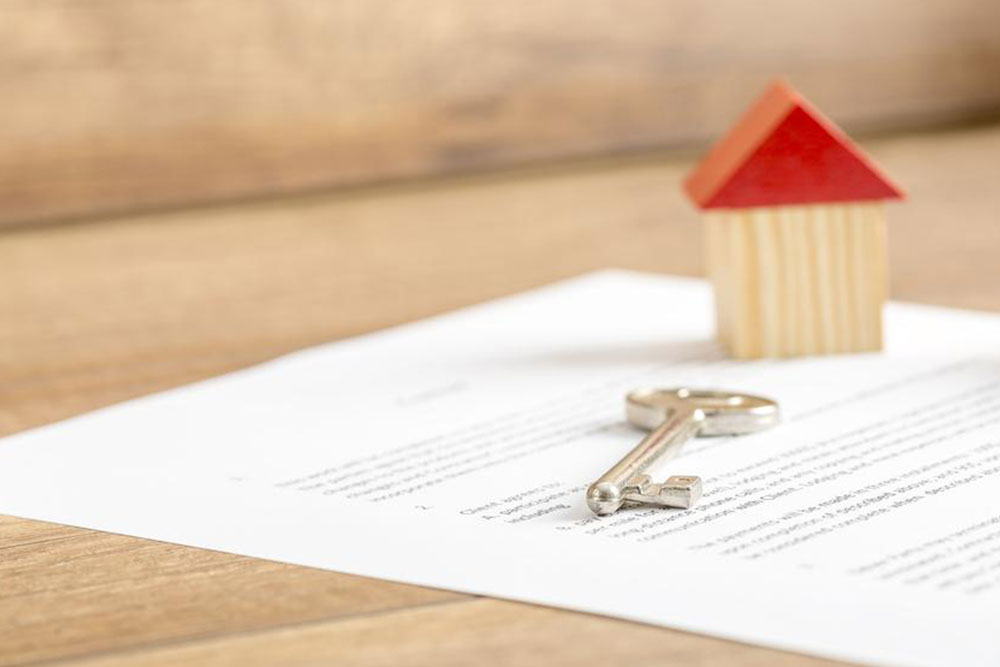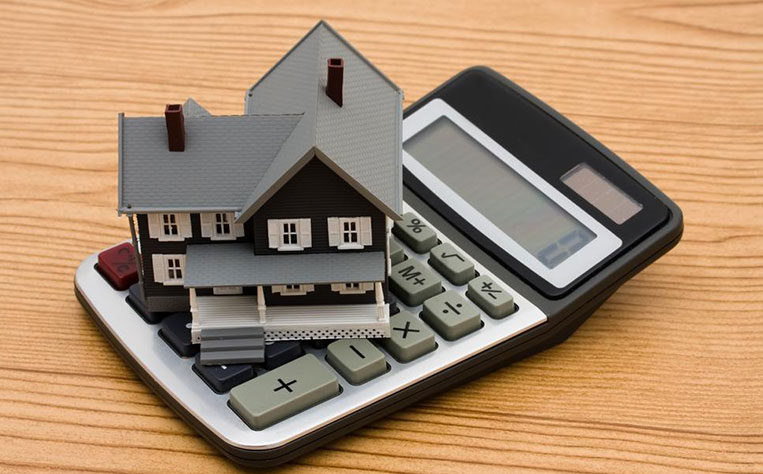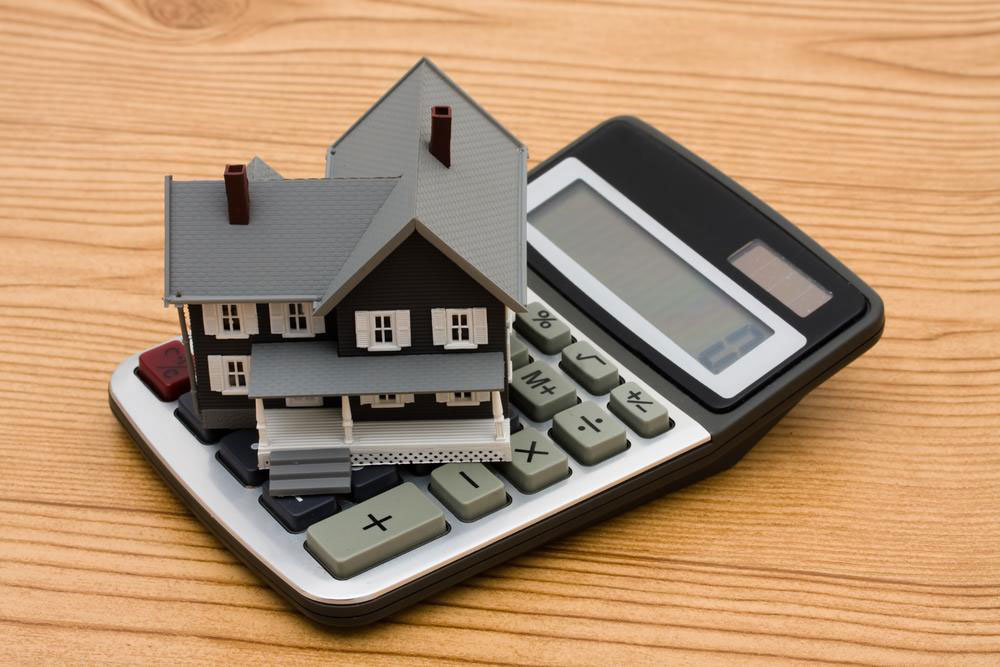Comprehensive Guide to Types of Subprime Home Loans: What Borrowers Need to Know
This comprehensive guide explores the diverse types of subprime home loans available for borrowers with poor credit. It covers fixed-rate, interest-only, adjustable-rate, and blended mortgages, highlighting their features, benefits, and risks. Understanding these options enables borrowers to make informed decisions and navigate the complex mortgage landscape more effectively, achieving homeownership despite credit challenges.

Comprehensive Guide to Types of Subprime Home Loans: What Borrowers Need to Know
Obtaining a mortgage can be a complex process, especially for individuals with less-than-perfect credit. Subprime home loans are designed specifically for borrowers who have lower credit scores or limited credit histories. A subprime mortgage is a loan granted to individuals whose credit scores fall below 640 or who have experienced credit difficulties such as late payments, bankruptcies, or other financial hardships. According to reports from the Federal Deposit Insurance Corporation (FDIC), these borrowers are often characterized by their past delinquencies, low income levels, or unstable financial circumstances. Notably, individuals who have missed two or more loan payments within a single year are also classified within this category.
Given the increased risk associated with lending to subprime borrowers, lenders generally impose higher interest rates to offset potential losses. These elevated rates cover the higher default risk, but they can also lead to significantly higher mortgage payments over the loan’s lifespan. For prospective homebuyers with credit challenges, understanding the different types of subprime mortgages available is key to making informed financial decisions. This comprehensive guide explores the most common subprime loan options, their features, benefits, and potential risks, helping borrowers select the most suitable mortgage product for their unique situation.
Subprime mortgage options vary based on interest rate structures, repayment terms, and borrowing conditions. Here are the prominent types of subprime home loans available for individuals with imperfect credit histories:
Fixed-Rate Subprime Loan
This mortgage type provides borrowers with a consistent interest rate over a lengthy period, often ranging from 40 to 50 years—significantly longer than conventional 30-year mortgages. This structure ensures predictable monthly payments, which can be advantageous for budgeting. However, fixed-rate subprime loans typically come with higher interest rates compared to prime loans due to the increased risk for lenders. Borrowers are encouraged to shop around and compare offers from reputable financial institutions, such as well-established banks or mortgage brokers, to secure the most favorable terms. Since these loans often come with extended terms, it's crucial for borrowers to examine the total interest paid over the life of the loan and consider the impact on their long-term financial health.
Interest-Only Mortgage
The interest-only mortgage is designed for borrowers seeking lower initial payments. During an initial interest-only period—commonly five, seven, or ten years—borrowers are required to pay only the interest accrued on the loan, leaving the principal untouched. This arrangement allows for lower monthly payments, which can be beneficial for individuals expecting increased income or planning to sell or refinance before the principal repayment kicks in. However, once the interest-only period concludes, payments will increase significantly because the borrower must start paying down the principal in addition to interest. It’s essential for borrowers to plan ahead and consider options such as refinancing or making lump-sum payments to manage future payment increases effectively.
Adjustable-Rate Mortgage (ARM)
An ARM begins with a fixed interest rate for an initial period—typically three, five, or seven years—after which the rate adjusts periodically based on a specified index, such as the ICE LIBOR or SOFR, plus a margin. The initial payments are generally lower than fixed-rate loans, making ARMs attractive for borrowers who expect interest rates to stay stable or decline. However, after the initial fixed period, rates can fluctuate, resulting in increased payments if market interest rates rise. Conversely, if rates drop, borrowers may benefit from reduced payments. ARMs are designed to balance temporary affordability with potential long-term savings, but they require borrowers to closely monitor market conditions and future payment obligations.
Blended or Convertible Mortgage
This innovative mortgage combines features of fixed and adjustable-rate loans. It often involves a sizeable down payment—around 10%—and comes with a fixed interest rate for a set period, commonly five years. During this fixed period, the borrower benefits from predictable payments. The unique aspect of blended mortgages is that if borrowers make their payments on time, the lender reduces the outstanding principal based on the interest paid, effectively lowering future interest costs. Additionally, borrowers may have options to convert the mortgage into a prime or standard loan after the initial fixed period, potentially securing lower interest rates. This type of mortgage can be particularly appealing for those who anticipate improving their credit or financial situation in the near future.
While subprime lending involves greater risks for financial institutions, it also presents significant earning opportunities. Many individuals with damaged credit histories opt for these loans as a means to achieve homeownership despite their past financial setbacks. However, prospective borrowers should approach subprime loans with caution, fully understanding the terms and implications involved.
Staying informed about various mortgage options is crucial for making sound financial decisions. We recommend following reputable sources and financial news on platforms like Facebook and Twitter to keep up with the latest updates, mortgage rate trends, and investment tips related to subprime home loans.





